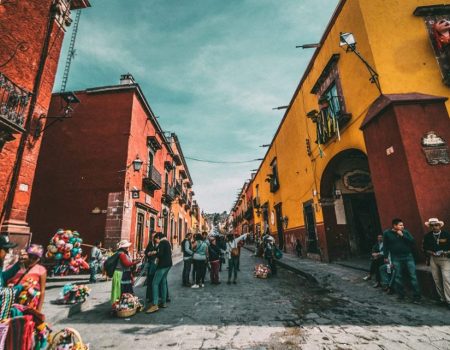U.S. Hispanics say SUVs and sedans best reflect their personal styles (scoring more than 50% of answers). In contrast, electric cars and minivans are the least popular ones. As representing their heritage is the third most-important consideration when making a purchase decision for Latino consumers, marketing campaigns around identity have the potential to be a win for brands in this industry.
77% of U.S. Hispanics own a car and, among those who do, almost 70% currently drive either a sedan or a SUV (40% and 34%, respectively). In contrast only 9% of all hispanics surveyed own a truck, with electric cars and vans being the least popular choices at just 5%. In contrast, based on an our analysis of over 3.8 million organic posts across six cities, trucks lead the social media conversation with almost 50% of mentions, followed by vans (26.1%) and electric cars (13.2%)



